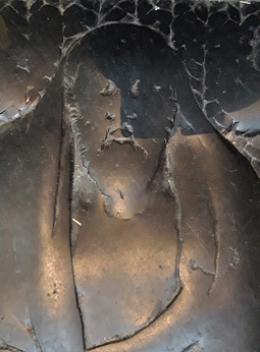
The theme for this issue of Axon emerged during a conference in late 2019, where paper after paper combined coherent research with impassioned critiques of the state of the university, the state of the environment, and the state of politics. Evident in these presentations was both a determination to generate positive change, and impatience at the apparent slowness of senior members’ responses to the what-is of the current moment. It seemed timely to provide a platform for these concerns, and invite contributions that combine personal, political and scholarly passions; and the manifesto form seemed to have the right combination of elements for this context.
Manifestos have a vibrant history. While they are not often identified as specifically scholarly documents, they are the product of deep and sustained thought, focused investigation, and axiological reflection, and thus are capable of offering creative interventions that are worth attention. Though formally defined as political or institutional statements, they have been deployed by artists at least since Sir Joshua Reynolds’ Discourses on Art (1797).[i] FT Marinetti’s Futurist manifesto[ii] — ‘that ur-manifesto of the avant garde’ (Hanna 2014)[iii] — was published in 1909; Tristan Tzara’s 1918 Dada Manifesto[iv] rapidly followed, and André Breton delivered three Surrealist Manifestos between 1924 and 1929.[v] Many artists’ and poets’ manifestos have appeared since then,[vi] and the form remains an important one, whether presented in all seriousness or as part of creative play.